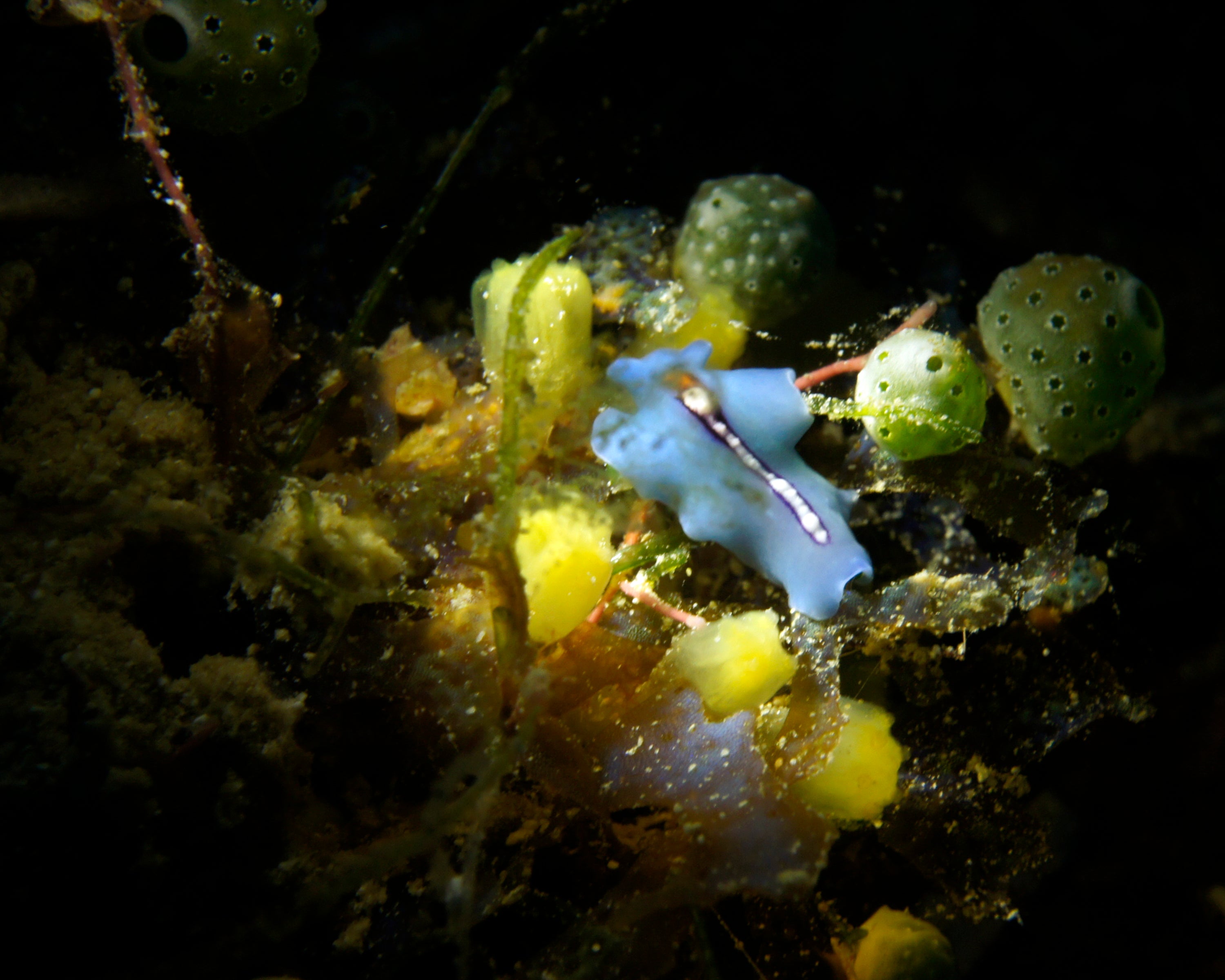Exclusive Interview: Underwater Photography with Richard Miller
With decades of underwater photography experience under his belt, Richard Miller has not only witnessed but also contributed to the remarkable transformation of underwater photography. As one of Underwater Kinetics' longest-serving and most esteemed customers, his insights into the world of underwater illumination are invaluable.
His deep-rooted passion for the ocean and its conservation, coupled with his artistic eye, has led to breathtaking underwater imagery.
In this exclusive interview, Richard shares his rich journey through the depths of underwater photography, shedding light on how Underwater Kinetics' Aqualite dive lights have been an integral part of his photography journey.

Q: Can you share a bit about your background as a diver and how your journey with underwater photography began?
A: I don’t remember exactly when I started photographing underwater, but I was using a camera at 12 years old. I got my first SLR camera while in the army and used that for many years. I began diving in 1974 with Mark Flahan at SDSU. The earliest I can recall photographing underwater was around 1998 or 1999. It was with a little pinch camera in an Ikelite housing, I believe.
Q: What initially drew you to UWK's Aqualite dive lights?
A: I started using UK lights around the 1980s, perhaps earlier. I don’t recall the model names, but they used a large square lantern battery. The earliest UK light I remember using was the Light Canon 100. It was a great light.
Q: Over the years, how have UWK's Aqualite dive lights influenced your underwater photography?
A: I bought my first Aqualite about 15 years ago. I have three Aqualites now, with the oldest being one of the first iterations of that model. The next oldest is, I think, the Aqualite 2, and then there's the one with the special head with four functions, including ultraviolet, which I got at DEMA in Las Vegas in 2021. I use the Aqualites as focus lights and for accessory lighting for background and shadow effects.

Credit to: Richard Miller
Q: How do you find the balance between natural underwater lighting and the artificial light from the Aqualite when composing your photographs?
A: When I photograph underwater, I concentrate on composition. Lighting is most important since most reds and yellows are gone by the time I get to depth. At shallow depths, I can use ambient light and then correct any differences in post-processing. As mentioned earlier, I use Aqualites for accessory lighting, and any changes in color or lighting are applied in post-processing.
Q: What advice would you give to budding underwater photographers regarding the use of dive lights?
A: This is an interesting question since I don’t often get asked about my equipment. If asked about lighting, I would always suggest the Aqualite as an accessory. Yes, always. My wife uses other focus lights and small accessory lights, but none offer the flexibility and ease of use that Aqualite does.

Credit to: Richard Miller
Q: Are there specific models of the Aqualite series that you would recommend for different levels of underwater photography expertise?
A: I love my current models, so any of those would be my recommendation. Especially the model I see on your website, the Multi.
Q: Is there any feature or improvement you would like to see in future iterations of UWK's dive lights?
A: Nothing specific comes to mind. I have two soft hand mounts and a T-bar grip. The small pistol grip is also sometimes useful. As for changes in the light's design, perhaps more powerful or wider beam UV would be beneficial. I understand that a small light with limited output can't illuminate a very large area, but perhaps using multiple Aqualites might be the answer.

Credit to: Richard Miller
Q: How do you see the evolution of underwater photography?
A: I believe imaging of underwater subjects will always interest divers. The real question is whether you are a photographer who dives, or a diver who takes pretty pictures. A photographer who dives looks at subjects from a different perspective than a diver who takes pretty pictures. Studying the philosophy behind imaging, whether it's photography, cyanotype, camera obscura, or AI-adjusted images, it's all about creating an image that evokes a reaction from the viewer.
Q: Given your ranger background, how has underwater photography, particularly with the aid of UWK dive lights, impacted your perspective on marine conservation?
A: Conservation of nature has always influenced me. In recent years, I've seen the impact of our, and past generations', actions on the natural world. Photographing underwater is my way of creating a physical “memory” of what is left. When I started diving, I was only interested in abalone and bugs. Discovering local "smalls" like nudibranchs and tiny crustaceans amazed me and led to my interest in underwater photography. I needed a way to ‘remember’. The Light Canon was a great help and introduced me to UWK (UK).
Q: Lastly, could you share your thoughts on what diving and underwater photography mean to you personally?
A: I began photographing as an adjunct to my memory. About 30 years ago, I realized how important images of people, places, landscapes, and exploring different types of image-making were in helping me remember those experiences.
Discover Richard’s work at https://www.alami-alor.rngr900.com/


